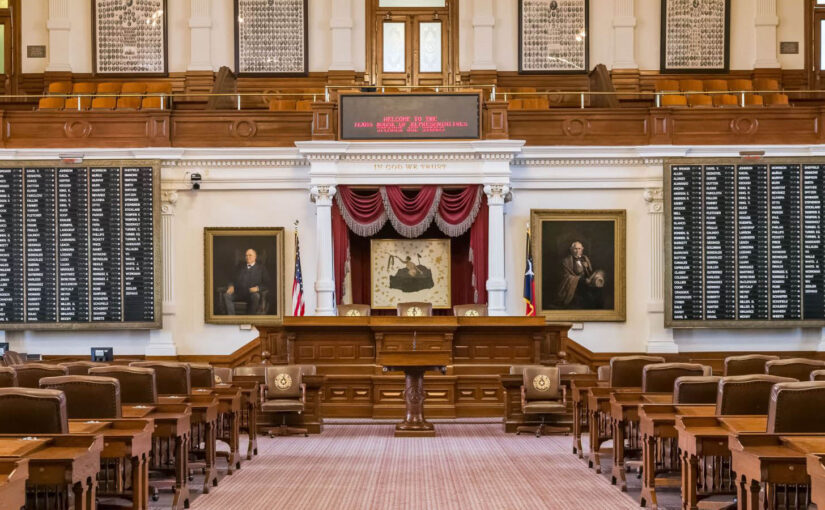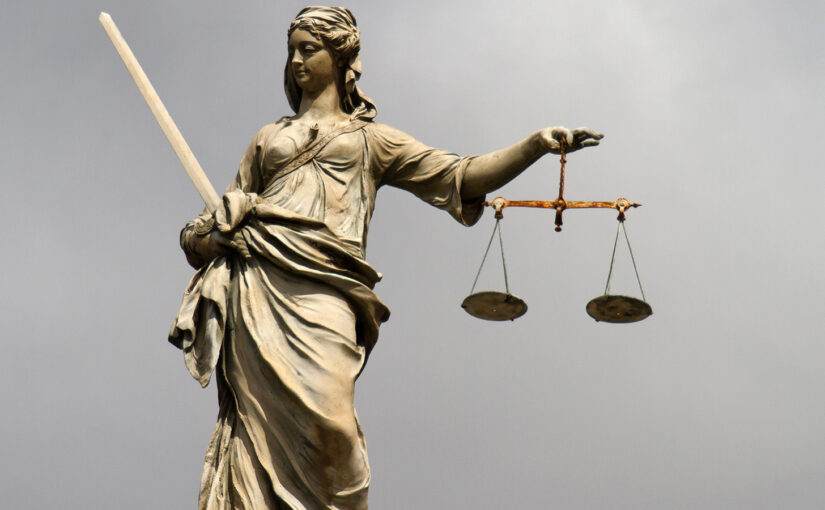Search this article on Google: How do courts assess the risk of the accused absconding when considering bail?
Legal Criteria for Assessing Flight Risk
When assessing whether an accused individual presents a flight risk that could warrant denying bail or setting stringent conditions, courts lean heavily on certain legal criteria. These criteria are designed to objectively evaluate the potential that the accused may fail to appear for their court dates. Among the key factors considered are the following:
- Severity of Charges: The seriousness of the alleged offense plays a crucial role. Courts often infer that the greater the alleged crime’s severity and the ensuing potential penalties, the greater the temptation for the accused to flee. For instance, someone facing life in prison if convicted may have a stronger incentive to escape the legal process than someone facing a misdemeanor charge.
- History of Failure to Appear: If the accused has previous instances of failing to appear in court, this will weigh heavily against them. Such a history suggests a disposition towards ignoring court orders, thus heightening their risk profile as a potential absconder.
- Ties to the Community: The presence or absence of strong local ties can significantly influence the assessment. Courts look at factors like the length of time an individual has lived in the area, familial connections, employment status, and community involvement. Strong local ties might indicate that the accused has compelling reasons to stay and face proceedings, thereby reducing the flight risk.
- Financial Resources: The accused’s access to financial resources is another important aspect. Someone with substantial financial means may find it easier to leave and sustain themselves while in hiding compared to someone with limited resources.
- Foreign Connections: Possession of foreign citizenship or strong ties to other countries may impact the assessment, suggesting that the individual has a potential refuge outside the jurisdiction if they decide to abscond. Courts take into account factors like dual citizenship, assets abroad, or frequent travel to other countries.
- Passport and Immigration Status: An individual’s possession of a valid passport or their immigration status might affect the court’s decision. For example, if an accused is a foreign national whose visa is close to expiration, the risk of flight might be deemed higher.
- Behavior During Current Proceedings: Courts also consider how the accused has behaved since arrest. Compliance with law enforcement, volunteering information, and not resisting arrest can reflect positively on the accused, whereas attempts to evade authorities might be viewed as indicative of an intent to flee.
- Input from Pretrial Services Reports: Many jurisdictions use pretrial services programs that provide risk assessment reports to the courts. These reports use algorithms and data to assist in predicting the likelihood of an individual failing to appear or committing new crimes while out on bail.
While using these criteria, judges employ their discretion to assess flight risk on a case-by-case basis — keeping in mind that the goal of bail is not to punish, but rather to ensure the accused returns for their day in court while also protecting community safety. The application of these legal criteria helps to strike a balance between these objectives and the rights of the accused.
Methods of Monitoring and Enforcement to Prevent Absconding
To prevent the accused from absconding after being granted bail, courts often implement various methods of monitoring and enforcement. These measures are tailored to each individual’s risk level, as determined by the legal criteria outlined in the assessment phase. Here are some of the common methods employed by courts:
- Electronic Monitoring: Courts may require the accused to wear an electronic monitoring device, often an ankle bracelet, which uses GPS technology to track their whereabouts. This enables authorities to monitor the accused’s movements and ensure they remain within the prescribed boundaries set by the court.
- Travel Restrictions: Judges frequently impose travel restrictions on defendants considered flight risks. These can range from surrendering their passport to the authorities, preventing international travel, to more localized restrictions such as not leaving the state or a specific geographical area.
- Reporting Requirements: Accused individuals may be ordered to check in regularly with law enforcement or a pretrial services agency. This could mean in-person visits, phone calls, or written reports at scheduled intervals.
- Third-party Custodianship: Another strategy is placing the accused under the supervision of a third party, such as a family member or friend who agrees to help ensure the defendant’s appearance at their court date. The third-party custodian may also be legally responsible if the accused fails to appear.
- Bail Conditions: Courts set conditions for bail that the accused must comply with; these may include curfews, restrictions on visiting certain places or people, and compliance with other court orders, such as restraining orders or treatment programs.
- Increased Bail Amount: To incentivize the return of the accused to court, the judge may set a higher bail amount. The idea is that a significant financial commitment can act as a deterrent against fleeing.
- Pretrial Detention: In cases where the risk of absconding is deemed too high, the court may deny bail altogether, resulting in the accused being detained until their trial is concluded.
The courts do not implement these methods indiscriminately or in isolation; instead, they consider the specifics of each case, the severity of the alleged crime, the individual’s personal circumstances, and the likelihood of ensuring the accused’s appearance in court. Utilizing a combination of these methods often enhances their effectiveness, creating a safety net by which the community remains protected while the accused is accorded their due process rights. Ongoing assessment and adjustment of these measures are often necessary to address changes in the accused’s situation or behavior.
Ultimately, the judiciary aims to tailor these methods appropriately to manage risks without imposing unnecessary hardship. In balancing the rights of the accused with the safety and integrity of the criminal justice process, the courts enable a fair treatment of individuals while maintaining the authority of law and order in society.








